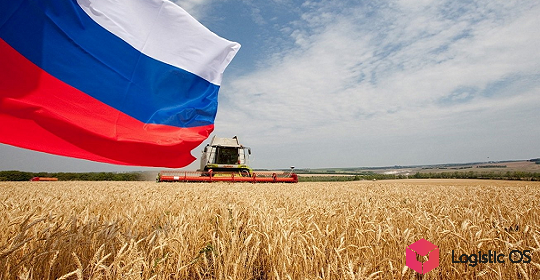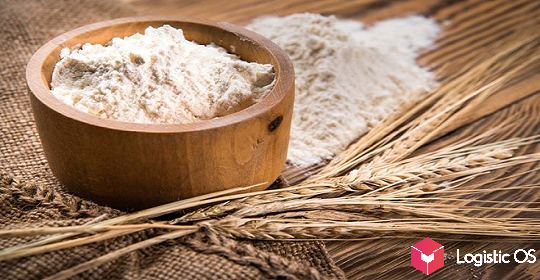According to some experts, reducing the volume of milk and dairy product imports into Russia will be an appropriate response to declining consumption.
According to the latest data, dairy consumption in Russia is declining by approximately 1%. Experts do not rule out the possibility that this could be a result of a decline in purchasing power due to inflation.
At the same time, domestic production growth is showing an increase of approximately 2%. Therefore, we see a market oversupply.
To offset this imbalance, dairy product imports will be reduced by approximately 9% this year.
This will help address the problem of growing inventory levels. For example, significant increases in cheese, butter, whole milk powder, and cream are already being observed.
A second problem currently facing the Russian dairy industry is declining production profitability.
Labor shortages, lack of access to affordable financing due to the Central Bank of the Russian Federation’s strict policies, and rising wages are all contributing to a gradual reduction in turnover for agricultural producers who previously specialized in milk and dairy production.
This is particularly evident in the decline in livestock numbers, which is currently accelerating.
Overall, analysts say that 2025 will be a period of cooling for the dairy sector in Russia after a period of relatively strong growth in 2023-2024.
The decline in real disposable income has become a key factor in the decline in demand for dairy products within the country.
At the same time, reducing imports could be an important step toward strengthening Russia’s food sovereignty, including in dairy products.
Currently, Belarus is one of the main suppliers of this type of product to Russia.
Milk is currently the main export product to Russia from this country, while Russia primarily produces more complex dairy-based products, such as butter and cheese, domestically.
Incidentally, Russia is also a significant exporter of dairy products. For example, in the first eight months of 2025, export volumes increased by 16%, according to the Ministry of Agriculture.
The main buyers of such products from Russia are the EAEU countries, as well as China, Uzbekistan, and Azerbaijan.

